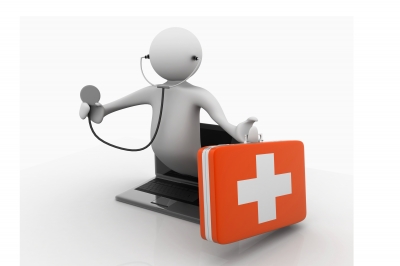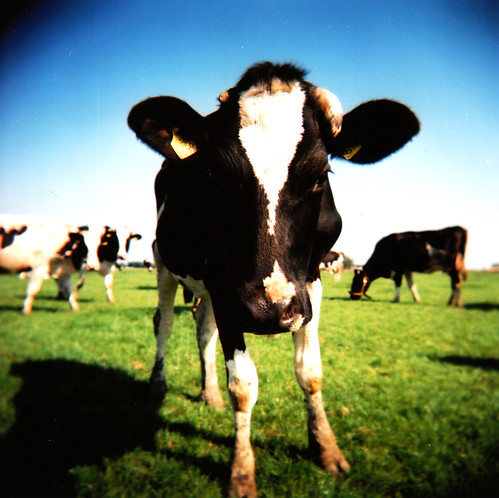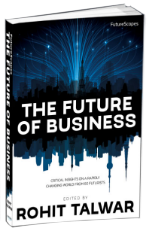 Lenore Skenazy, aka "America’s Worst Mom"
Lenore Skenazy, aka "America’s Worst Mom" and creator of the name and movement
Free Range Kids is my favorite dispatcher of
Onion type (but true!) news stories from Securistan. Yesterday she shared an article about the perceived threat of a sledding hill. “Paxton, a small town in Illinois, where the land is flat as flat can be, is about to lose its only sledding hill to the Abominable Insurance Man.”
Sledding hills are of course only one of many natural “dangers” we systematically eliminate from the overprotected lives of our
Homelander kids. To quote Skenazy's sardonic remark: “Yes, and let’s hope kids forget that there was ever a time when they could play outside, walk to school, or meet up at the park, while we’re at it. Let’s hope they forget there was ever anything to childhood except Kumon and cat memes. What a glorious future.“


 Lenore Skenazy, aka "America’s Worst Mom" and creator of the name and movement
Lenore Skenazy, aka "America’s Worst Mom" and creator of the name and movement 

